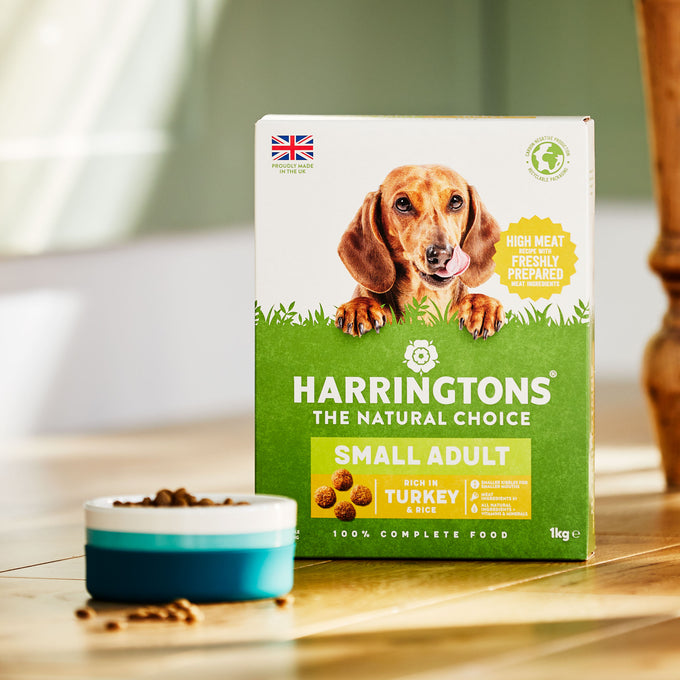As part of our Ask the Vet series, Yorkshire Vet star Peter Wright will be answering the most commonly Googled conditions in dogs – starting with Cushing’s Disease. The disease is searched for more than 10,000 times every single month and can affect your dog’s skin, coat and stomach, among other symptoms.
Although not often life-threatening, the condition is, unfortunately, incurable but can be controlled with the attention of veterinary professionals. Peter will share his advice for ensuring your dog remains comfortable, along with the warning signs of the disease.
What is Cushing's disease?
Cushing’s disease is a condition properly known as hyperadrenocorticism and is caused by an overproduction of cortisone in the body. We may all have heard of cortisone – the naturally occurring cortisone is a hormone called cortisol, and for various reasons, dogs can experience excessive production of this hormone.
What role do the adrenal glands and pituitary gland play in Cushing's disease?
One of the most common reasons for the overproduction of cortisol is that a gland (the pituitary gland, situated at the base of the brain) produces a hormone called ACTH (Adrenocorticotropic hormone). ACTH stimulates the adrenal glands - small glands that sit near the kidneys – to produce cortisol, which is vital to life. ACTH can be overproduced in the brain, leading to the adrenal glands being overstimulated to produce excessive levels of cortisol. This overproduction creates problems in your dog’s body.
What are the symptoms of Cushing’s disease?
There are various symptoms of Cushing's disease. Firstly, dogs develop a large appetite. Secondly, they drink excessively. Their skin also starts to thin and becomes fragile; over time, it can become like tissue paper as it loses its elasticity and becomes more susceptible to infection. In most cases, their coat also becomes very thin over nearly all parts of the body.
The other symptom worth noting for Cushing’s disease is that dogs that develop this condition often take on a pot-bellied appearance. In other words, they begin to look quite podgy and fat (even though they haven’t actually put on weight). What’s happening here is that the collagen – the fibrous network that holds our bodies together – becomes weaker, causing the pot belly as a result.
If you notice any of these problems beginning to develop over time, then it’s time for a trip to the vet. Your vet will look at the clinical signs your dog is showing and likely perform a series of tests to reach a diagnosis. Unfortunately, Cushing’s disease can be tricky to diagnose sometimes, but a couple of blood samples are often sufficient in most cases. Once your vet has identified a higher production of cortisol in the body, treatment can begin.
How is Cushing’s disease treated?
To treat Cushing's disease in the UK, vets often use a medication called trilostane, which usually works very well. Sadly, Cushing’s disease is incurable, but it is controllable. Dogs with the disease will need to be on trilostane for the rest of their lives.
What happens during the treatment is that many of your pet's symptoms can be reversed. Hair starts to grow again, and the body’s connective tissue regains strength. Dogs don’t appear particularly ill, even though significant changes occur within their bodies.
Once diagnosed with the disease, your dog must visit the vet regularly for periodic blood tests to ensure they are on the correct trilostane dose.
How can a dog’s diet impact Cushing’s disease?
Cushing’s disease in dogs is a condition that isn’t particularly affected by diet – a vet-approved dog food is often the best option for your dog, whether suffering from a medical condition or not. The disease usually affects middle-aged dogs onwards, and as with humans, our diet changes with age, so older dogs need good quality protein rather than a high volume. They alsodon’t need as many carbohydrates because they are less active as they age. Omega oils are also beneficial in supporting skin and coat health.
We have worked with Peter Wright to create Harringtons Advanced Science Diet – our superior recipe designed to provide advanced care for your pet, a healthy diet designed to support digestion, immunity, skin and coat while tasting delicious.

